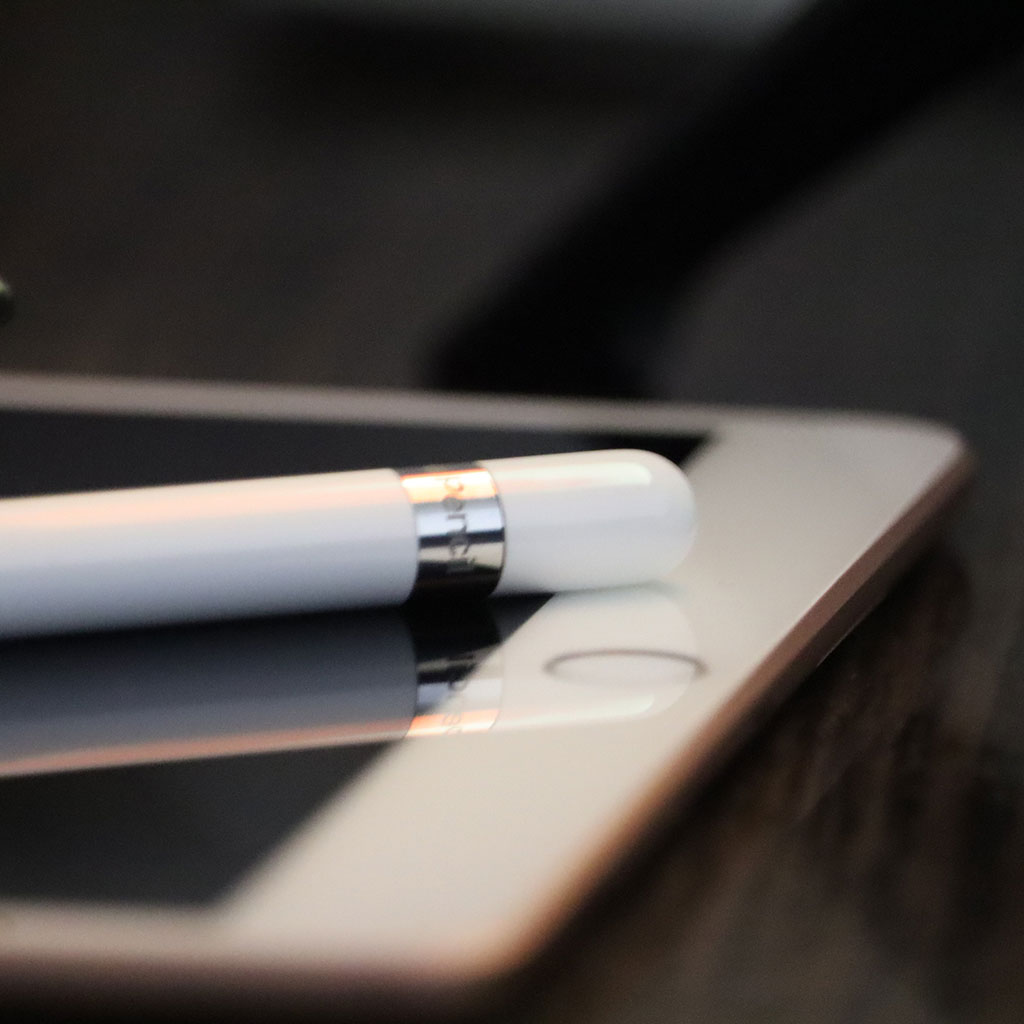How to set up new iPad from old iPad
How to set up new iPad from old iPad
Setting up a new iPad from an old one is a breeze with Apple’s seamless transfer and backup options. In this guide, we’ll walk you through the straightforward process of transferring your data and settings to make your new iPad feel just like your old one.
Setting up a new iPad from an old iPad
Setting up a new iPad from an old one is a straightforward process thanks to Apple’s built-in tools and cloud services. Here’s a detailed guide on how to transfer your data and settings from your old iPad to your new one:
1. Create a backup of your previous iPad:
- Before setting up your new iPad, ensure that your old one is backed up to iCloud. Go to “Settings” on your old iPad, tap your Apple ID at the top, select “iCloud,” and then tap “iCloud Backup.” Ensure that it’s enabled, and tap “Back Up Now” to create a recent backup.
2. Start up your new iPad:
- Power on your new iPad and follow the initial setup prompts. Choose your language and region, connect to a Wi-Fi network, and set up Touch ID or Face ID if your device supports it.
3. Restore from iCloud Backup:
- When prompted, select “Restore from iCloud Backup” during the setup process. Sign in with your Apple ID and password.
4. Choose a Backup:
- Your new iPad will display a list of available iCloud backups. Select the most recent one, which should be the backup of your old iPad.
5. Set Up Remaining Options:
- Once the restore process is complete, your new iPad will restart. Follow the on-screen instructions to set up your Apple ID, choose privacy settings, and configure other preferences.
6. Wait for Apps and Data:
- Your new iPad will begin downloading your apps and restoring your data from iCloud. This may take some time, especially if you have a large amount of content.
7. Complete Setup:
- After everything is transferred and configured, your new iPad will be ready to use with all your apps, settings, and data from your old one.
By following these steps, you can seamlessly set up your new iPad and continue using it with your familiar apps and data from your old device. It’s a convenient way to transition to a new iPad without losing any of your important information.
What other settings and preferences should I configure on my new iPad after the data transfer is complete?
After completing the data transfer from your old iPad to your new one, there are several additional settings and preferences you should consider configuring to ensure your new device is set up to your liking:
- Apple ID and iCloud Settings: Double-check that your Apple ID is correctly signed in on your new iPad, as this is essential for accessing your purchased apps, music, and other content. Verify your iCloud settings, ensuring that iCloud Drive, Photos, Contacts, and other desired features are enabled. This will help keep your data in sync across your devices.
- App Specific Settings: Take some time to review and adjust settings within individual apps. These settings can vary widely, so it’s essential to personalize them based on your preferences. For example, in the Mail app, configure email account settings, notifications, and inbox organization. In the Messages app, set up iMessage preferences, including how you want to handle messages and notifications.
- Privacy and Security: Go through your device’s privacy and security settings. Review app permissions, location services, and privacy settings to ensure they align with your preferences for data sharing and protection. Consider enabling Face ID or Touch ID for added security and convenience.
- Notifications: Customize notification settings to manage how and when your apps send you alerts and notifications. You can prioritize which notifications are important and configure Do Not Disturb settings for specific times.
- Display and Brightness: Adjust screen brightness, text size, and display settings to suit your comfort and visibility preferences. You can also enable features like True Tone or Night Shift to reduce eye strain.
- Accessibility: If you have specific accessibility needs, explore the accessibility settings to tailor your iPad’s functionality to your requirements. Adjust settings for text-to-speech, screen magnification, color filters, and more.
- Keyboard and Input: Configure keyboard settings, including keyboard shortcuts and text replacements. You can also enable or customize the on-screen keyboard, which may be particularly useful if you use your iPad for productivity tasks.
- Backup and Update: Ensure that your new iPad is set up for automatic backups to iCloud and consider setting up automatic updates to keep your device’s operating system and apps up to date.
By carefully adjusting these settings and preferences on your new iPad, you can personalize the device to meet your specific needs and preferences, enhancing your overall user experience.
Conclusion
In conclusion, setting up a new iPad from an old iPad is easy to do. First, you will need to transfer your data from your old device to the new one. This can be done wirelessly using iCloud or via a physical cable connection using iTunes. Once the data has been transferred, you will need to customize your settings and preferences for apps and services, including email accounts, messaging, privacy and security, notifications, display and brightness, accessibility options, keyboard settings and more. Finally, make sure that your device is set up for automatic backups and updates for ongoing protection and optimization. By following these steps, you’ll have your new iPad up and running in no time!





You must be logged in to post a comment.